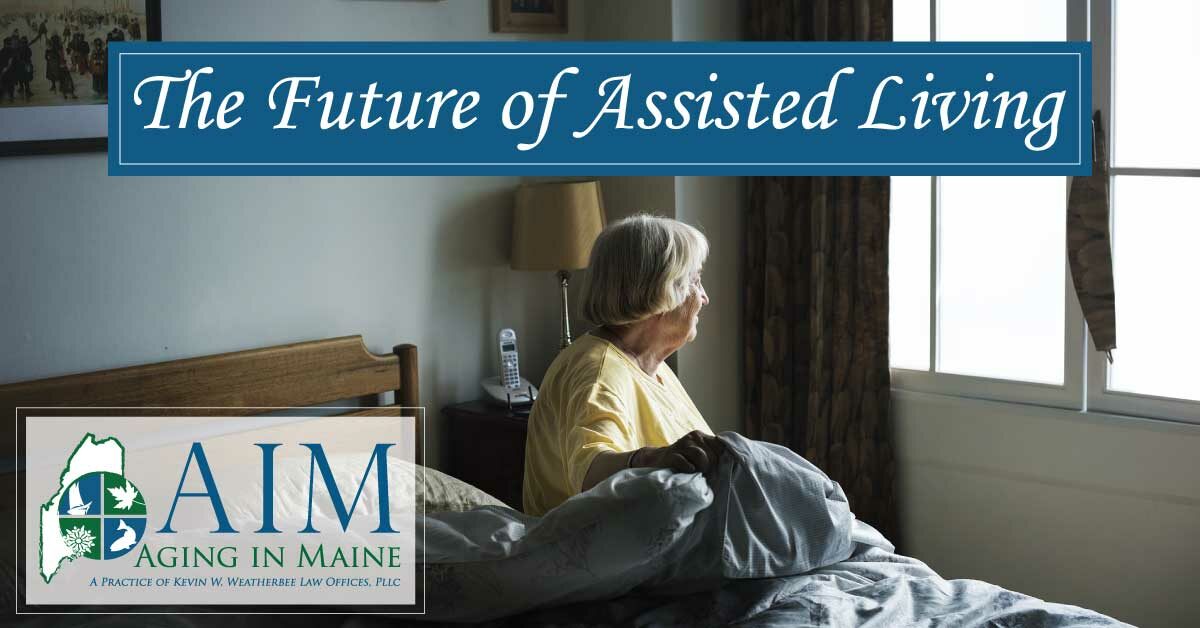With changes in medicine, technology, and socioeconomics, it’s no surprise that that assisted living is changing, too. The rising cost of assisted living means that some families are looking to new alternatives, while those who consider traditional assisted living have new options to consider.
Alternatives to assisted living include multigenerational housing and in-home care. As these options become more popular due to the rising costs associated with other, traditional options, the home health care industry will boom in response; the Bureau of Labor Statistics predicts job growth of 70% in the next ten years for personal care aides and home health care professionals. Technology designed to assist in senior care will likewise play a role in alternatives to assisted living, from computer systems tracking medicine intake and remotes for windows, lights, and thermostats to reminiscence therapy and memory care to assist those suffering from dementia. And not only will technology designed for individual use continue to develop, so will platforms for home care agencies and other professionals engaged in the long term care process.
Meanwhile, the nursing home model of care will continue to decline, while other forms of senior living will take its place. These will include cultural- and lifestyle-based communities, green senior housing like LEED-certified homes and communities, senior-friendly neighborhoods in city centers, and senior co-housing with shared spaces and shared duties. Assisted communities are likely going to emphasize meaningful socialization and recreational activities, while the buildings themselves are likely going to include amenities that remind Boomers of home and improve their independence, such as kitchenettes. Certain design trends may arise for enriched living experience and wellness enhancement, from restaurant-style dining to wellness centers.
These changes are a part of the trend of a widening gap between the increasingly pricey assisted living options, and what people can pay for their long term care. As life expectancy lengthens and the quality (and therefore price) of assisted living rises, many will find the costs post-retirement to be beyond their means. That is one of many reasons why it is so important to plan in advance! There may be government programs available that can help with the costs of long term care. Give us a call to discuss your options.
See these articles for more details.




